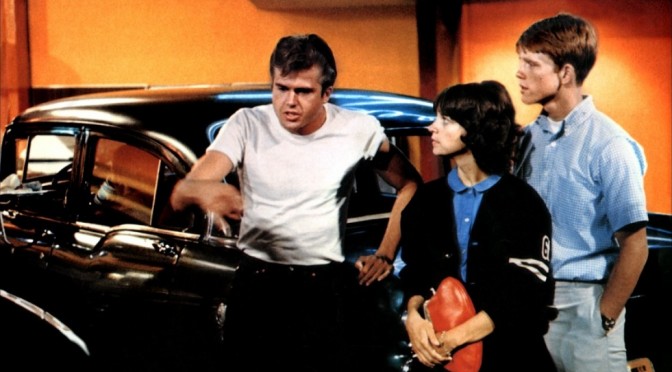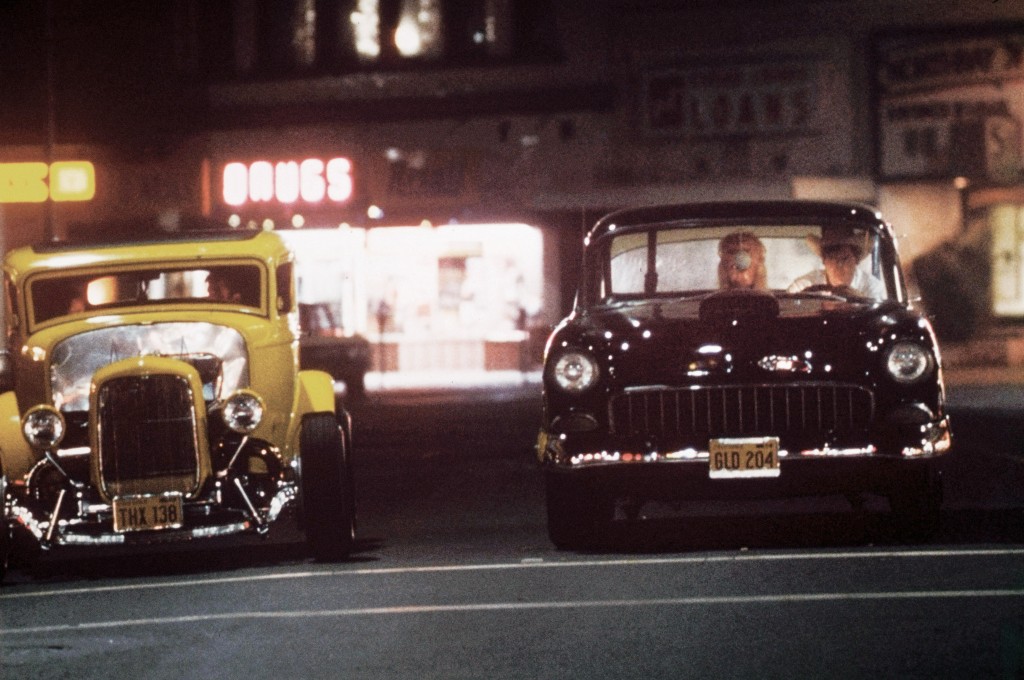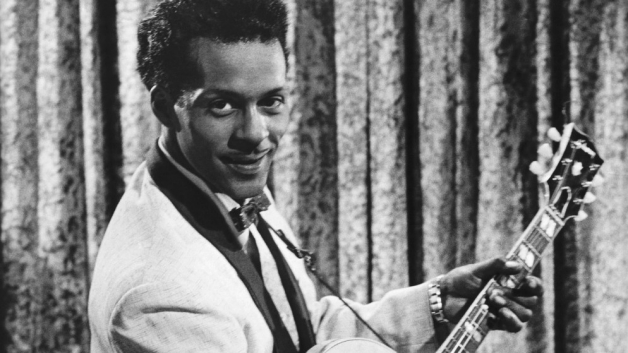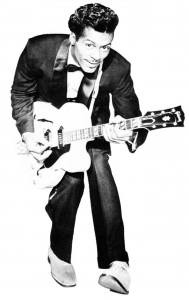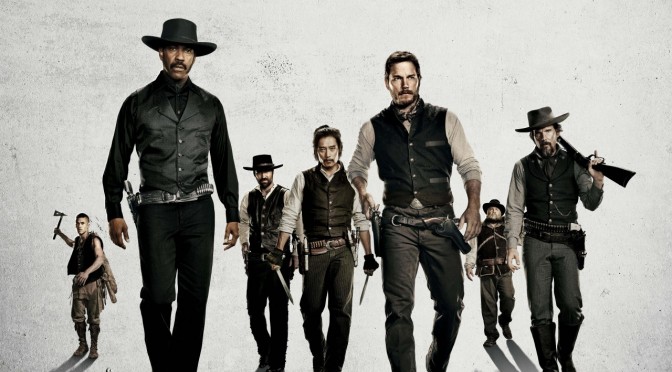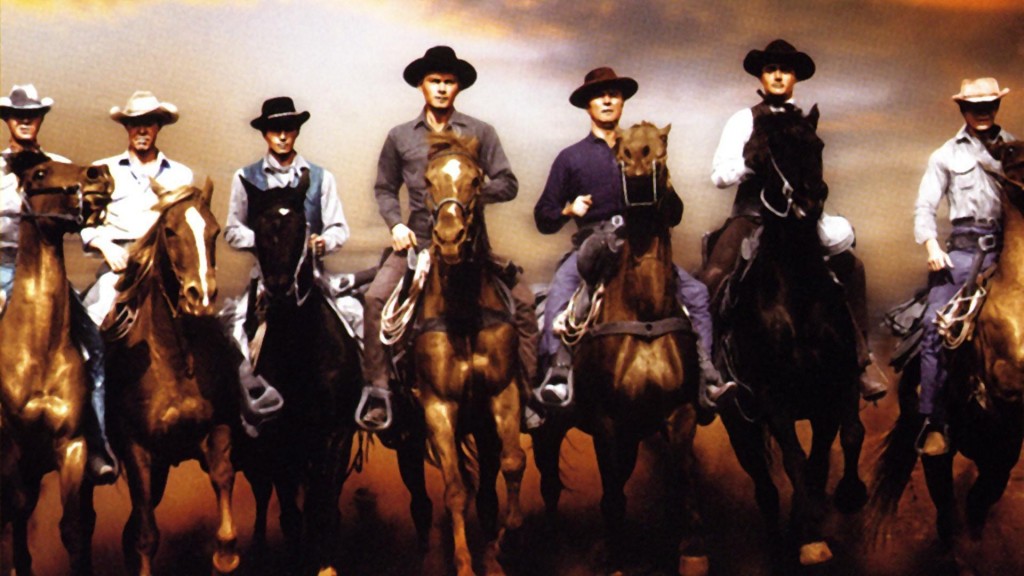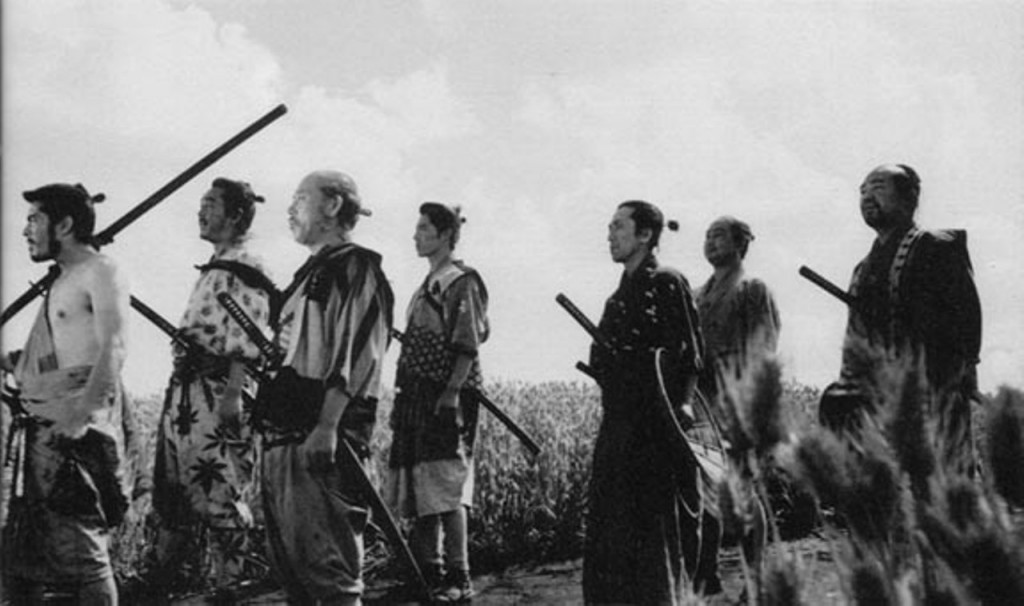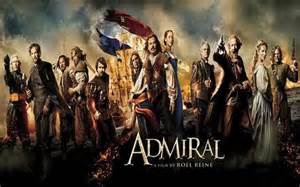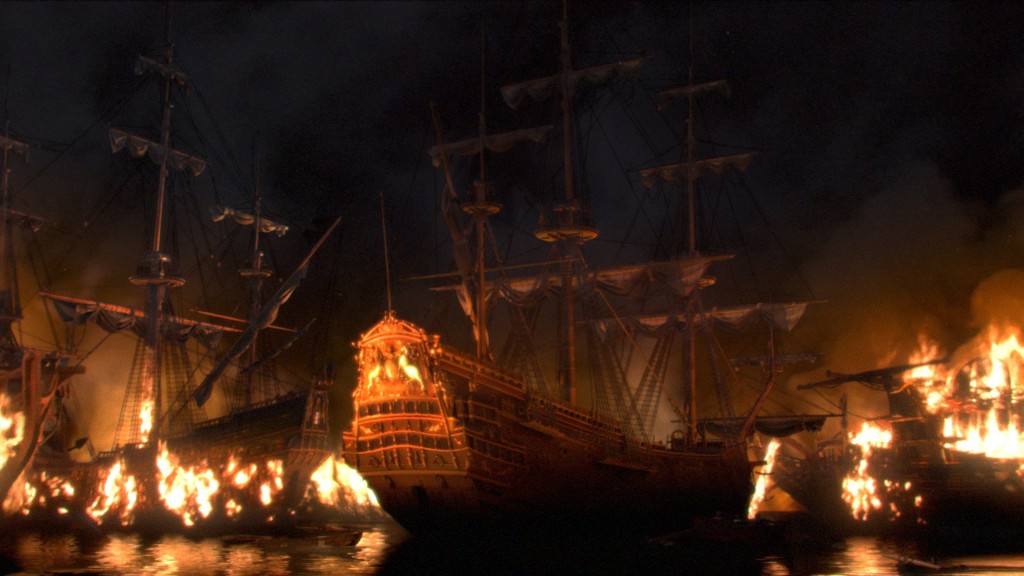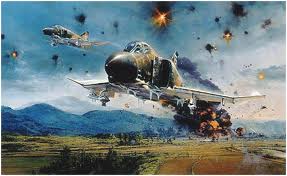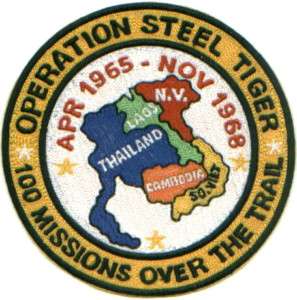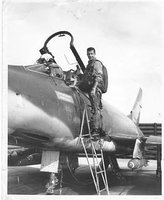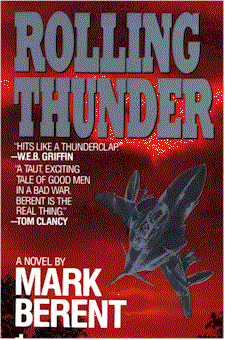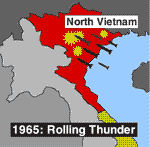Due mostly to my schedule, my blogged reviews of this blood’n’guts war series stopped at #4. But my negligence stops, now!
Master Sergeant Mahoney and Corporal Cranepool have just returned from their attachment to a French unit liberating Paris. It was supposed to be cushy duty, but only the end of it was cushy–in the arms of some French floozies in a fancy hotel.
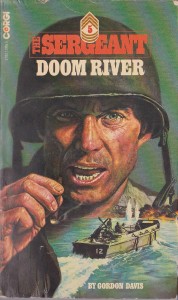 The Sergeant and his sidekick are back just in time to meet Charlie Company’s new C.O. Captain Anderson is a young, inexperienced officer, but one of the good ones (a rare combo, in my day). They’re also just in time for one of Patton’s “recon in force” missions, to push across the Moselle and keep the pressure on the Germans.
The Sergeant and his sidekick are back just in time to meet Charlie Company’s new C.O. Captain Anderson is a young, inexperienced officer, but one of the good ones (a rare combo, in my day). They’re also just in time for one of Patton’s “recon in force” missions, to push across the Moselle and keep the pressure on the Germans.
Patton is out of gas for his tanks, and frightfully low on artillery, ammo and supplies. He assumes if he is able to stir up some action, Ike will be forced to send him what he needs, so Patton can push on to Berlin and finish the war before Christmas. But Ike isn’t having it–all the supplies will be diverted to Field Marshal Montgomery, who is tasked with taking Antwerp.
(Historical note: Yes, Patton’s 3rd Army could have reached Berlin and ended the war before Christmas of ’44 if their supplies hadn’t been cut off. Also true that all those resources were given to Monty–somewhat less than a daring or decisive general–for Operation Market Garden (of A Bridge Too Far fame), which had less chance of success and, even if successful, would have had a lesser impact on the grand strategic situation. Most likely, Patton’s onslaught was intentionally delayed in order to give the Red Army time to capture the half of Europe which had been promised to Stalin by FDR at the Yalta conferences.)
So the 33rd “Hammerhead” Division conducts a river crossing at great cost, since they didn’t have much in the way of artillery support, and their men and boats are chewed up pretty bad by the German defenders. Still, they now have a beachhead from which the Wermacht has to throw them. Mahoney’s regiment bears the brunt of this counterattack.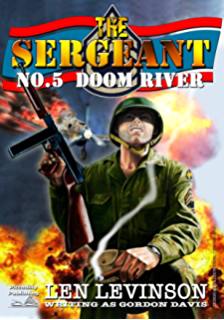
The Americans are in a bad position, but Patton doesn’t like surrendering ground once he’s taken it.
This installment in the series could launch a character study on the sort of men who populate the officer corps of an army. Whether a commander wants to make a name for himself, or simply doesn’t want a sub-par evaluation, it is their troops who are used like cannon fodder to enhance or maintain their egos.
Mahoney himself has some moments in this book in which he demonstrates more humanity than is normal for him. (Also, in this one we are introduced to PFC Butsko. I can’t help but notice the similarities between him and the platoon sergeant of The RatBastards–also named Butsko.) Still, this is a transitional phase for Mahoney, and the real plot dynamics focus on other characters.

